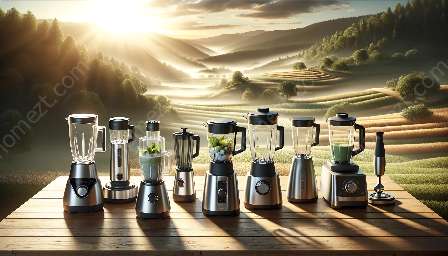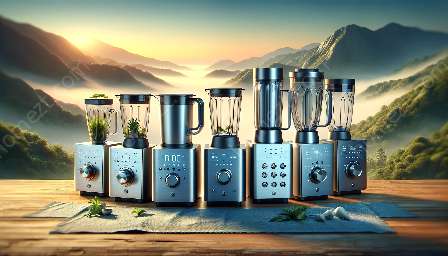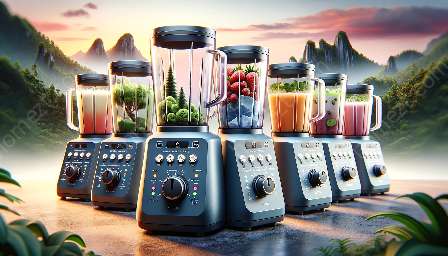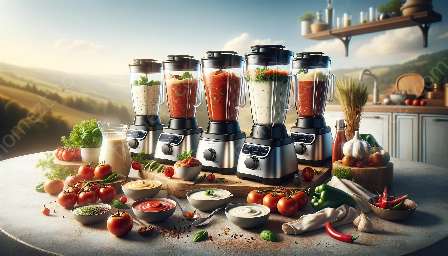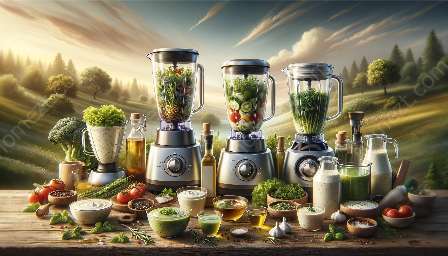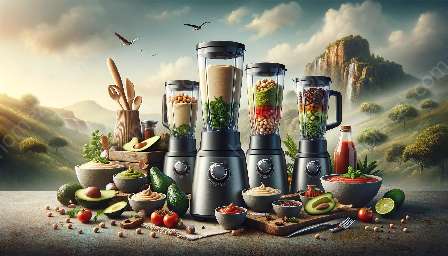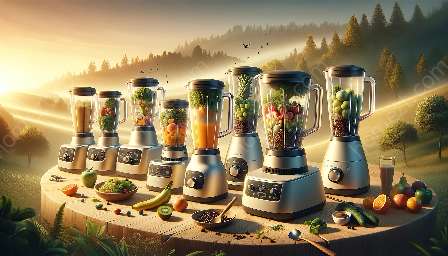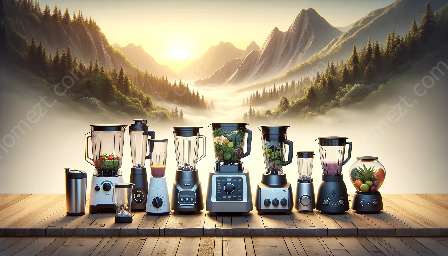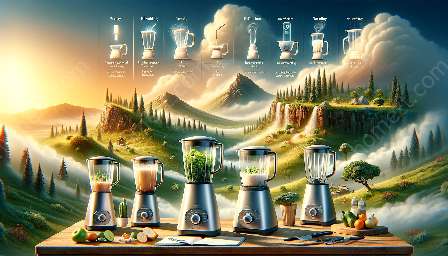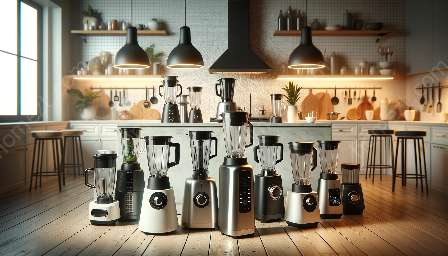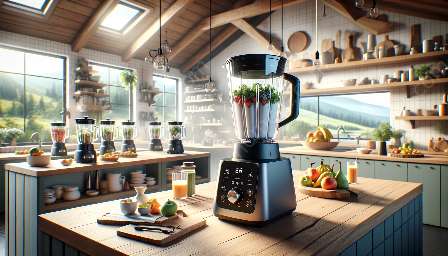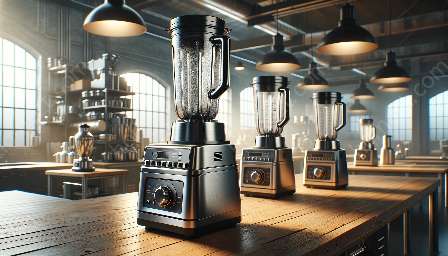Blenders are versatile kitchen appliances that can be used for a variety of tasks, from blending smoothies and soups to crushing ice and making purees. To get the best performance from your blender, it is essential to understand and optimize the settings and features it offers. In this guide, we will explore the key blender settings, how they relate to home appliances, and how to use them effectively to achieve outstanding results.
The Basics of Blender Settings
Blenders come with various settings and features that allow you to control the speed, power, and duration of blending. Understanding these settings is crucial to achieving the desired results when using your blender.
Speed Settings
Most blenders come with multiple speed settings, typically ranging from low to high. These settings allow you to control the speed at which the blender's blades rotate, which, in turn, affects the consistency of the final product. Lower speeds are ideal for blending soft ingredients, while higher speeds are suitable for tackling tougher items like ice and nuts.
Pulse Function
The pulse function provides short bursts of power, allowing you to have greater control over the blending process. It is particularly useful for achieving a coarser texture or for incorporating chunks of ingredients without completely liquefying them.
Ice Crushing and Puree Settings
Many blenders come with specialized settings for crushing ice or creating smooth purees. These settings adjust the blade speed and power to ensure the best results for these specific tasks.
Optimizing Blender Settings for Home Appliances
Understanding how blender settings can be optimized to work with home appliances is essential for achieving the best outcomes in the kitchen. Whether you are making a refreshing beverage or preparing a gourmet meal, knowing how to optimize your blender settings is crucial.
Smoothies and Juices
For creating silky smooth smoothies and juices, start at a low speed to break down softer ingredients like bananas and berries before gradually increasing the speed for a finer blend. Using the pulse function can help incorporate chunks of harder fruits or ice without over-blending.
Soups and Purees
When creating soups and purees, utilizing the puree setting or starting at a lower speed and gradually increasing can help achieve a velvety texture. These settings ensure that the blender breaks down cooked vegetables or fruits into a smooth consistency.
Crushing Ice and Frozen Treats
For crushing ice and making frozen treats, using the ice crushing setting at a high speed will efficiently break down the ice without damaging the blender's blades. This setting is designed to handle the challenges of crushing solid, frozen ingredients.
Conclusion
Blender settings play a critical role in determining the quality of the results you achieve in the kitchen. By understanding how to optimize blender settings and match them with specific tasks and ingredients, you can make the most of your blender and achieve outstanding outcomes. Experimenting with different settings and techniques will further enhance your blending capabilities and make your blender a powerful tool in your culinary endeavors.

